Frequently asked questions on Steam
To address any queries regarding the “Fundamentals of steam” while working as a part of utility team. We have prepared a ready reckoner of FAQs related to steam to avoid the uncertainty and hours of research and calculations.
Knowledge about fundamentals of steam will help you to have effective planning and utilizing steam in your area & help to achieve better safety, productivity & efficiency.
Some key questions for your ready reference.
(1) What is Steam?
Basically, steam is water in the gaseous phase. When water is heated up to its boiling point, it undergoes phase change, from liquid phase to vapor phase. When it is heated further, steam particles from water will rise up and form superheated steam. As soon as the steam starts travelling within pipelines from boiler, it will immediately start converting into water again, which is called condensate.
(2) Which are different types of steam?
There are following types of steam in your day to day operations:
Saturated Steam
When the steam is further heated to its boiling point and has additional heat, it becomes saturated steam. Saturated steam exists at temperature and pressure where steam and water can co-exist. Saturated steam has better heat transfer co-efficient.
Superheated Steam
Superheated steam is created by further heating saturated steam beyond its saturation point.
Superheated steam has higher temperature and lower density than saturated steam. Superheated steam has lower heat transfer co-efficient than saturated steam.
Flash Steam
Flash steam is generated from hot condensate when there is a pressure drop. When high pressure condensate is exposed to a low pressure steam source, a certain percentage of condensate will flash to steam at lower pressure.
(3) How steam is generated?
Inside the boiler, there is a furnace having the purpose to burn the fuel and generate the heat. The heat generated is then transferred to water which in turn is converted in to the steam.
(4) What is a steam table?
Steam table is defined as thermodynamic data containing properties of water and steam. It provides saturated temperature, enthalpy, and specific volume from steam pressure. Mollier Diagram is graphical representation of steam table.
(5) How can you utilize steam?
Number of industries can use steam since being a versatile product. To avoid risk of inconsistencies in product taste and taint, clean steam can be used in direct injection processes in the food industry. Clean steam is also used in health industries and hospitals to improve sterilization system of hospital. In laundries and kitchens, steam can be used for generation of constant hot water supply.
(6) How can the steam systems be monitored?
UKL can assist you with steam system audits in order to monitor your steam systems. These audits can help you out with comparing the current operational performance with ideal scenario. Post audit, we provide comprehensive detailed reports on how your steam system is performing currently. To improve and maintain your equipments and replace the faulty equipments or accessories, we will guide you with our technical expertise. We also abide the annual service contracts in order to monitor your system at regular intervals to improve the efficiency of your steam system.
(7) How can be energy usage or operating cost (OPEX) reduced?
UKL is catering to different industrial segments with a team of experts in steam. We can offer energy/cost savings up to considerable amount by performing a steam audit to inspect your current steam system and by following and implementing the recommendations post audit.

 Aerated Concrete Block Industry
Aerated Concrete Block Industry 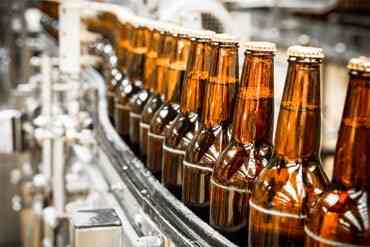 Brewery Industry
Brewery Industry 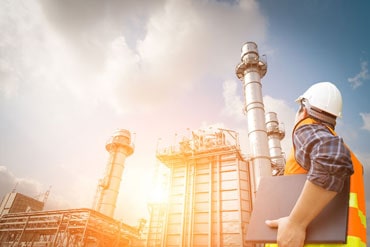 Captive Cogen Industry
Captive Cogen Industry 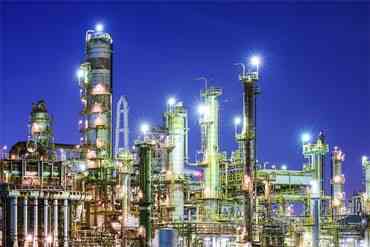 Chemical Industry
Chemical Industry  Dairy Industry
Dairy Industry 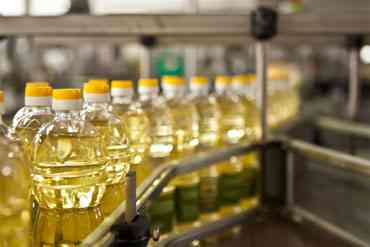 Edible Oil Industry
Edible Oil Industry 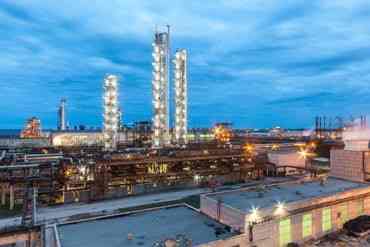 Fertilizer Industry
Fertilizer Industry  Hotel Industry
Hotel Industry 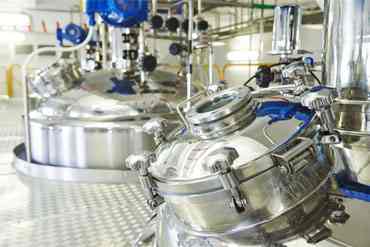 Pharma Industry
Pharma Industry 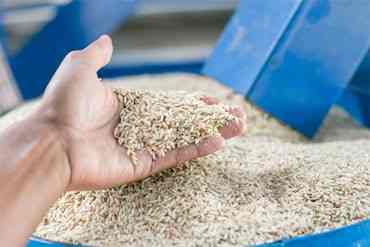 Rice Industry
Rice Industry 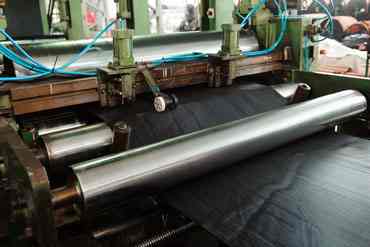 Rubber Industry
Rubber Industry  Soap Industry
Soap Industry 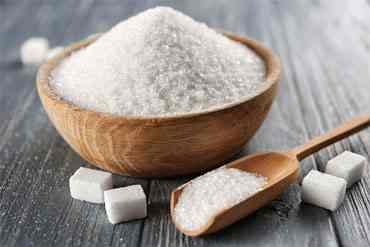 Sugar Industry
Sugar Industry  Textile Industry
Textile Industry 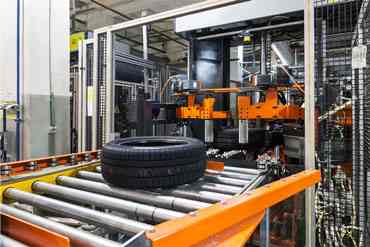 Tyre Industry
Tyre Industry